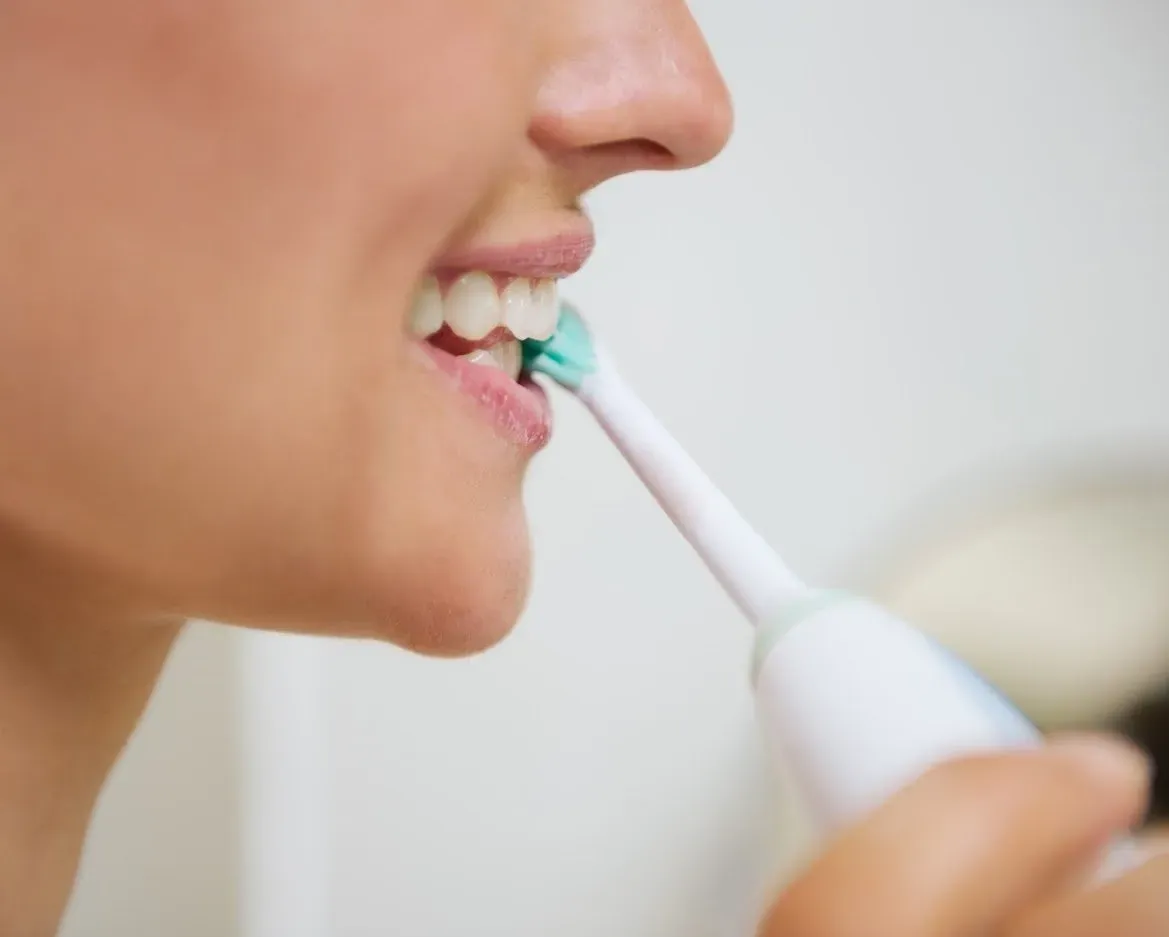What to Do If You Lose a Dental Filling

Has one of your dental fillings fallen out? If so, don't panic. The loss of a filling isn't usually a dental emergency. However, you do need to carry out several steps to ensure your tooth is okay until you can get to your dentist. Fillings fall out for various reasons. Sometimes, food is to blame, and sometimes, even your body's own immune system can cause a filling to fall out!
If your filling has fallen out, the following advice will help you to take care of the affected tooth until you can get to a dentist.
Keep hold of the filling if you can
Until a dentist can tell you why the filling fell out, you won't know if you can use it again or not. As such, if you haven't lost the filling, rinse it off with water, and seal it in a sealable storage bag. If tooth decay or a fracture is not to blame, your dentist may be able to reinsert the filling.
And, if you think you may have swallowed the filling, don't worry; it should pass without causing you any problems.
Clean the exposed tooth structure
You may or may not experience discomfort such as sensitivity or pain after your filling falls out. However, whatever happens, make sure that you clean the area immediately. This is to ensure that the oral bacteria in your mouth do not invade the newly exposed tooth structure. On average, a human mouth contains roughly 20 billion microbes. That's a lot of potential for infection.
Moreover, if your filling fell out during a meal, you need to rinse your mouth out to get rid of any food particles that might be lingering around the exposed tooth structure. Gently rinse your mouth out with salty water, as this will sterilize the area and reduce any inflammation. Mix half a teaspoon of table salt with eight ounces of water, and swish the solution around the affected tooth.
Cover the exposed tooth structure
The exposed area of the tooth will likely be dentin, which is a porous material that contains millions of dentinal tubules. These tubules carry dentinal fluid containing vital minerals and compounds, such as potassium, to the outer portions of a tooth to keep it strong and healthy. However, when the tubules are exposed to the oral environment, bacteria could invade them.
If bacteria manage to invade exposed dentin, they could travel along the tubules to the nerve in the centre of the tooth. This would lead to a painful and costly infection that would require a root canal and dental crown. Exposed dentinal tubules also transmit cold and heat sensations that could leave you in agony. As a result, you need to cover the area until you can get to a dentist.
Ideally, you should use orthodontic wax. New braces wearers use this material to protect their mouths while their soft tissues adjust to their braces. You can buy orthodontic wax in a local pharmacy. Alternatively, if you are unable to locate a pharmacy, you can cover the exposed tooth structure with sugar-free gum.
Pay attention to your pain
As mentioned earlier, you may experience some pain once a filling falls out. If the pain is short, sharp and stabbing in nature, this is usually because the dentinal tubules are exposed and thus, transmitting sensation from hot, cold or sweet food and drinks.
However, a constant dull, throbbing pain is a sign that your tooth may be infected. This is a dental emergency because it means that bacteria have invaded the central portion of your tooth. If not treated soon, an abscess will form. In this case, a dentist needs to perform root canal surgery to remove the infection and clean and seal the tooth before the infection spreads further.
Has one of your fillings fallen out? Then make sure you follow the above steps promptly, and call a reputable dental practice. At Runcorn Dental, we can replace your filling before any further complications arise.










